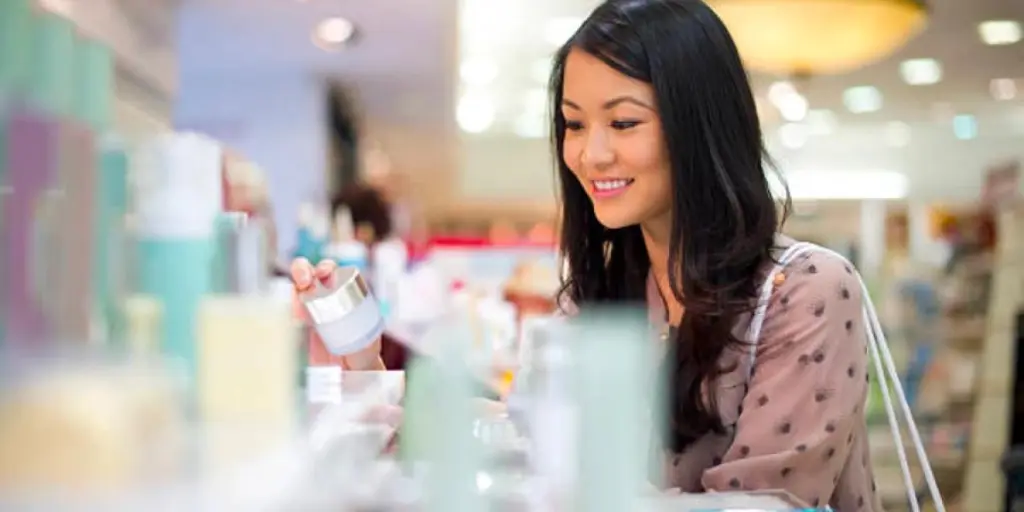The beauty industry has always been a dynamic and innovative sector, constantly evolving to meet consumer demands. The industry has witnessed a significant shift in consumer behavior in recent years, driven by various factors such as social media, diversity and inclusivity, and health consciousness.
With the advent of technology and the increasing prevalence of online shopping, beauty brands must adapt their strategies to remain relevant in the ever-changing landscape of consumer behavior.
This article will explore some of the most critical consumer behavior trends in the beauty industry and what they mean for brands operating in this space.
Table of Contents
Overview of consumer behavior in the beauty industry
7 emerging consumer behavior trends
The next steps
Overview of consumer behavior in the beauty industry

The beauty industry has come a long way from its early days of traditional beauty standards and limited product offerings.
The current global market for beauty and personal care is projected to reach a revenue of US$ 571.10bn by 2023, with an annual growth rate of 3.80%. The industry’s largest segment is personal care, accounting for a market volume of US$ 253.30bn in 2023.
Consumer behavior trends play a significant role in the industry’s evolution, with increasing demand for sustainability, inclusivity, diversity, and redefining masculinity.
In 2023, it’s predicted that 27.5% of total revenue in the beauty and personal care market will be generated through online sales. With these shifts in consumer behavior, businesses must stay up-to-date with industry trends and adjust their strategies accordingly.
7 emerging consumer behavior trends
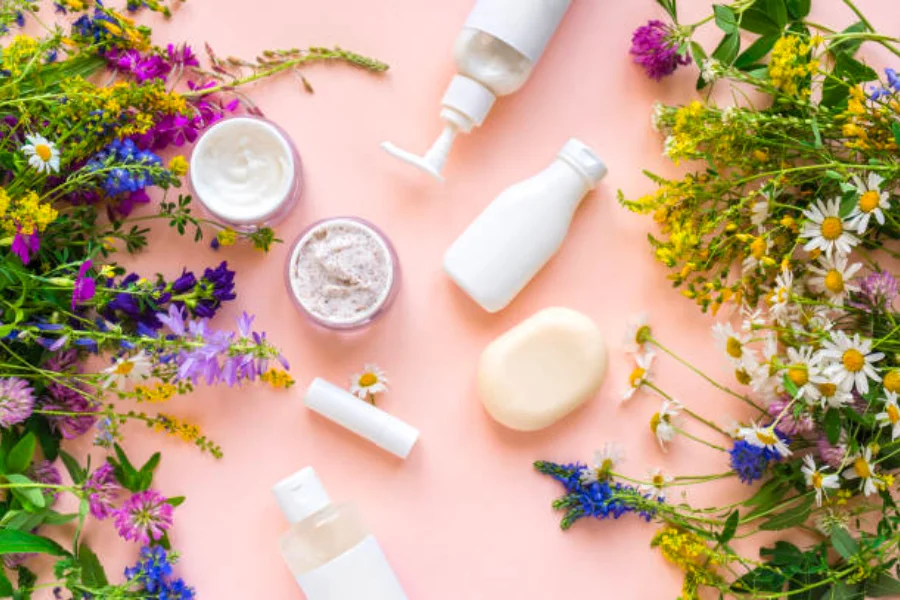
1. Ethical and sustainable products

The beauty industry is rapidly evolving, and consumer behavior is at the forefront of this shift. Today, consumers are not only focused on how their beauty products look or make them feel but also on the environmental and ethical impact of these products.
Recent studies have shown that over 66% of consumers actively seek sustainable and environmentally-friendly brands. In addition, 55% of consumers are willing to pay more for products that align with their values.
However, consumers are also becoming more skeptical of companies’ sustainability claims, with 72% believing that brands overstate their efforts.
To gain consumer trust, businesses must provide practical and genuine sustainability efforts in their products. As for ethical labels, “clean” and “cruelty-free” are the most likely to drive online purchases, with 75% of 31-35 year-olds influenced by “clean” products and 71% of female shoppers drawn to “cruelty-free” options.
These findings indicate a growing demand for sustainable and ethical beauty products, with search volume for “sustainable beauty” increasing by over 700% since 2019.
2. Diversity and inclusivity
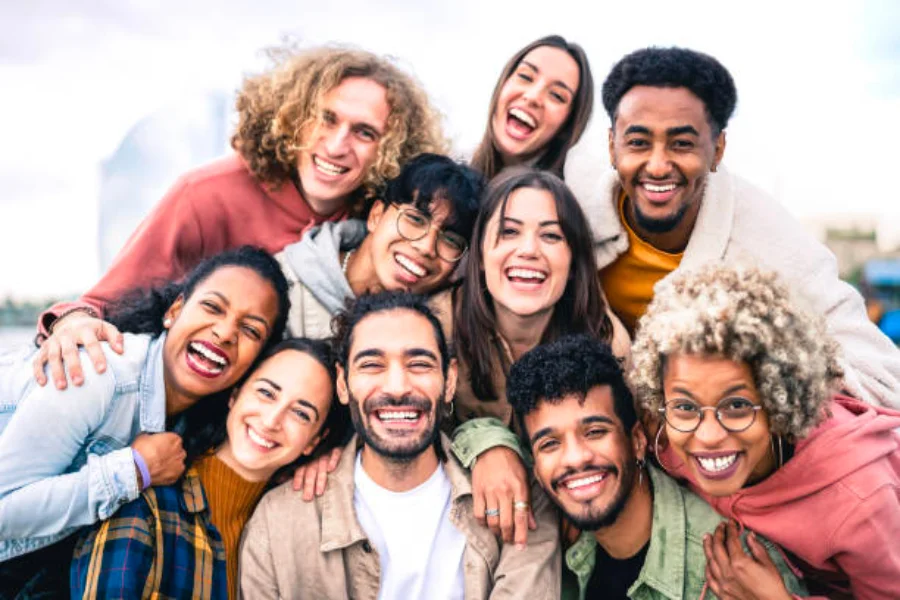
As companies in various industries have begun to address societal injustices, consumers are also demanding changes from beauty brands.
Even though 43% of beauty consumers say they enjoy seeing different types of beauty in ads, data shows that nearly one-in-five consumers feel left out of beauty advertisements. That number represents 25% of Gen Zers.
Consumers are seeking beauty brands that celebrate diversity and inclusion in line with societal demands for equal representation.
According to a study, while 43% of beauty consumers enjoy seeing different types of beauty in ads, almost one in five feel excluded from beauty advertisements, rising to 25% for Gen Zers.
This shows that consumers are looking for brands that are vocal about inclusivity and take active steps toward promoting and representing all types of beauty.
3. At-home treatment
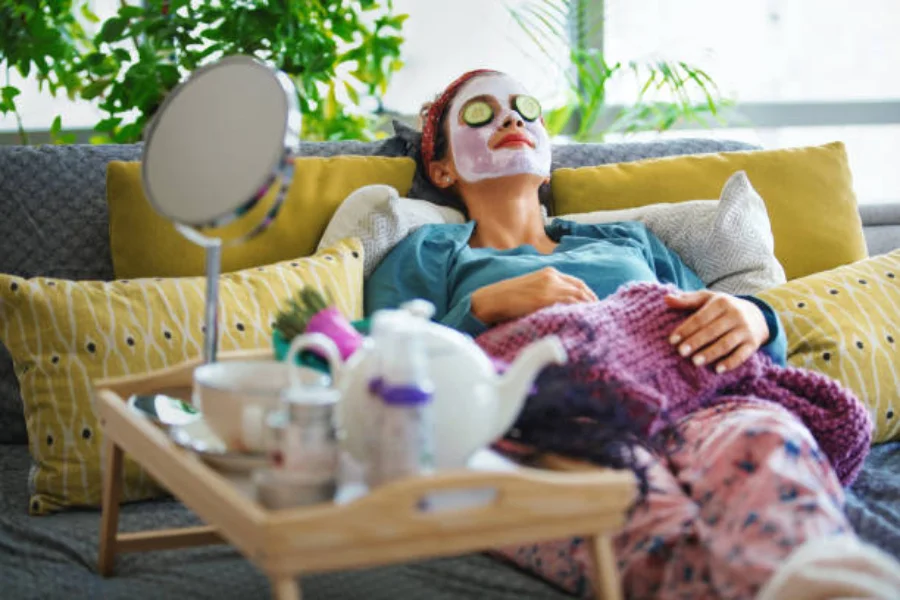
This trend is reflected in the growth of the Global Beauty Device market, which is projected to be valued at US$ 139.277 billion by 2028.
At-home devices like LED masks, microdermabrasion kits, and laser hair removal devices are becoming increasingly popular among consumers who want to maintain their beauty routines from their homes.
Additionally, 61% of consumers are interested in at-home beauty devices, and 53% plan on purchasing one soon.
4. Redefined masculinity

In recent years, consumer behavior has shifted towards redefining masculinity, with more men becoming interested in skincare and male cosmetics.
56% of men reported buying more skincare products today than five years ago, and many are also exploring male cosmetics and makeup. Ipsos reports that 15% of U.S. males aged 18-65 use these products, and 17% would be willing to try them in the future.
According to the report, men mainly use beauty products to enhance their general appearance, improve the texture and appearance of their skin, and look younger.
This trend represents a growing opportunity for beauty brands to expand their customer base and develop new products for this previously underserved market.
5. Influencers marketing
According to experts, nearly half of all social media users will make at least one purchase on a social platform this year.
User-generated content is also a significant factor, with 62% of consumers preferring brands that incorporate photos of real people using their products.
Furthermore, 67% of beauty shoppers use influencers to discover new products.
By 2024, the average shopper on social media is expected to spend US$ 800 on social commerce annually, with consumers between 18 and 44 years old being the most likely to purchase social media. Beauty products are among the top items they purchase, second only to clothing.
TikTok and Instagram are the most popular social media apps for beauty brands and consumers, and companies are increasingly partnering with influencers to drive sales and brand awareness.
6. Personalized approach
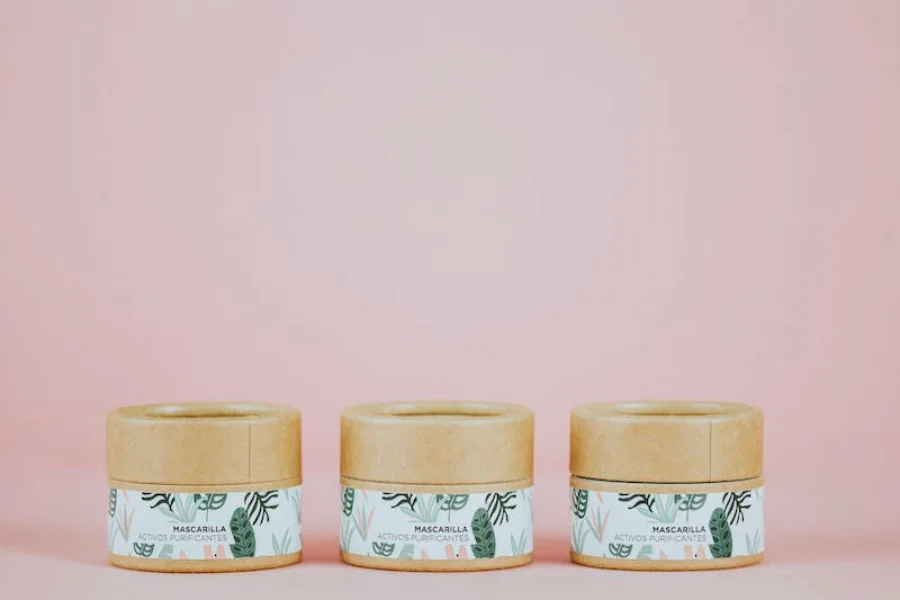
71% of consumers expect to receive a personalized shopping experience.
This includes tailored product recommendations based on their unique needs and preferences.
Beauty brands that offer personalized experiences through online quizzes or product recommendations will likely increase sales.
In fact, 58% of shoppers say they are more likely to buy from a business that offers an online quiz to recommend specific beauty products for them.
Providing personalized recommendations enhances the customer experience, builds brand loyalty, and increases customer retention.
7. Health over perfection
Consumers prioritize products that provide benefits beyond just beauty enhancements as they become more health conscious. This has translated into a growing preference for skincare over makeup in the beauty industry.
According to market research, skincare is the dominant segment of the beauty industry, with 42% of the market share.
This trend is driven by consumers’ desire to take better care of their skin and address concerns like aging, sun damage, and environmental stressors.
As a result, beauty brands increasingly emphasize their products’ health benefits, such as moisturizing, brightening, and protecting the skin.
The next steps
The beauty industry is constantly evolving, and consumers’ behaviors and expectations are changing with it.
The trends we have discussed – inclusivity and diversity, redefining masculinity, prioritizing skin health over beauty enhancements, and expecting personalized shopping experiences – are shaping the beauty industry’s future.
Brands that stay ahead of these trends and prioritize meeting their customer’s needs and expectations will thrive in this competitive market. Social media and influencer marketing are also increasingly important in this industry, making it critical for brands to have a strong online presence and engage with their audiences effectively.
With the industry’s continued growth, beauty brands need to keep a finger on the pulse of these emerging trends to stay ahead of the competition and build long-term relationships with their customers.
